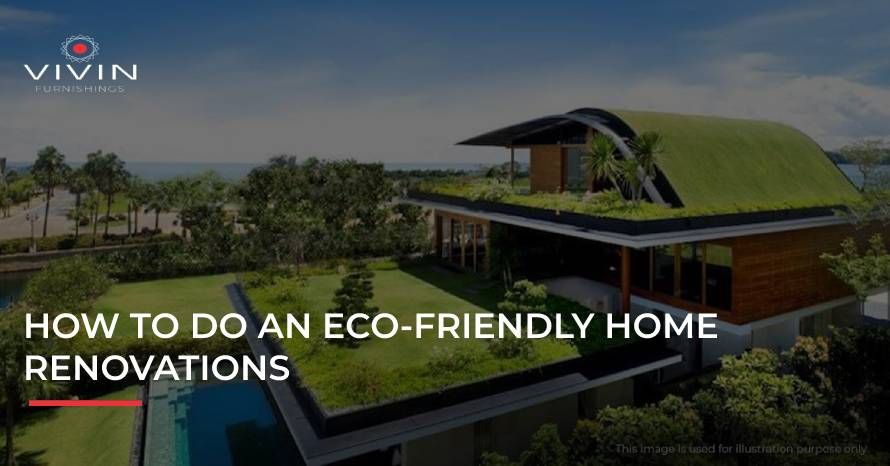
How To Do An Eco-Friendly Home Renovations
More and more people are becoming conscious of the impact we have on our environment, which has resulted in a rise in sustainable practices. These practices are also followed in the construction and designing sector most.
Sustainable design is no longer a “hippie” practice. Architects, builders, and homeowners are providing you with options like recycling, local, eco-friendly finishes and energy saving products that can renovate your house without destroying the planet! Now there are plenty of recycled finishes and energy saving products to make your design more aesthetically pleasing.
Here are our tips for making eco friendly home renovations and if you still require a professional help to furnish your rental property eco friendly feel free to contact us or visit our website for more information.
Repair The Floor With Reclaimed Or Renewable Wood
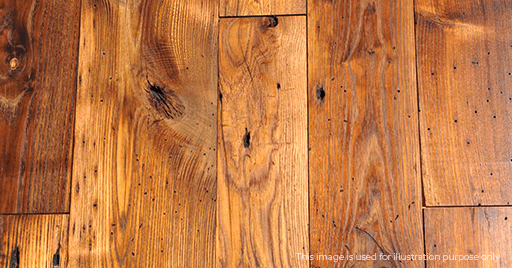
One of the most attractive options in renovating house is eco-friendly options such as reclaimed wooden boards that do not warp. Scaffold boards can also be used when renovating other parts of the home, such as walls or floors. Scaffold boards are also an attractive option for flooring or walls.
Another renewable material is Cork, which can be harvested for hundreds of years. It is waterproof and wipeable. Organic insulation is a good alternative to make our homes from sustainable house material. Cork is preferred over bamboo which is durable, moisture-resistant, grows back faster than wood and does not require pesticides.
Can Go For Green Energy
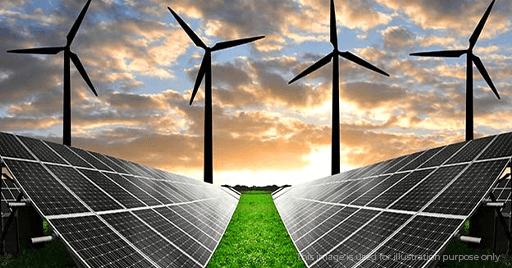
Try or ask your architect to install wind turbines or solar panels to get some Green energy. Solar panels will make you stay away from grid electricity and save energy, thus helping the environment.
There are other solar panels available online. You can visit website or Sydney store to learn about our environment friendly products.
Make Use Of Sustainable Materials
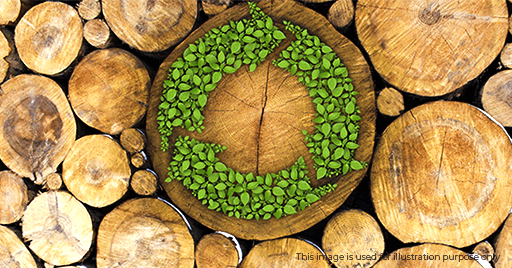
As we all very well know what sustainable house material means, an environmentally friendly material is one that is recyclable or reusable, or one that can be renewed or replenished. The use of toxic glues in chipboard and particleboard is no longer allowed. Instead, they are replaced by natural stone, brick, metal, bamboo, and recycled timbers. A wide variety of zero VOC paints are also available.
Consider the lifecycle of the material, transportation distance and how long it’s going to last. If you aim for over 100 years you’re making all the right choices to reduce your environmental impact.
If you want to explore more on sustainable materials then you must read our recent article on What is sustainable house decor and why you should try it.
Include Eco-Friendly Features
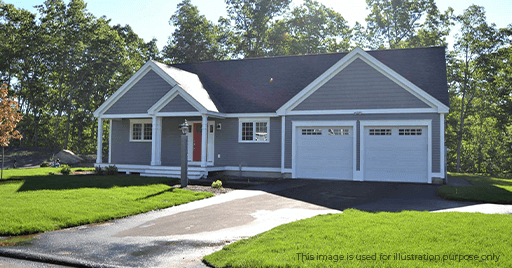
Even though it may seem daunting to allocate a budget for eco-friendly home renovation at the start, it will pay off both financially and environmentally in the long run. If you cannot afford to implement all these sustainable features right now, design them into the design so you can incorporate them later.
Water-saving elements like grey-water recycling or a rainwater tank can reduce your water waste and cut your energy costs. Solar panels can help you live without energy bills. Skylights allow natural light into your home, which reduces your electricity bill.
If you plan to incorporate these sustainable elements into your build, make sure you check out the incentives that may be available to you.
Layout with Passive Design
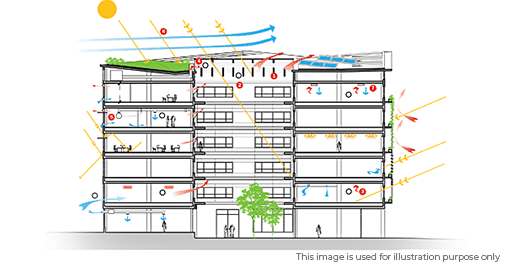
With passive design, your home is oriented in such a way that it reduces the amount of energy it needs to heat or cool, while remaining comfortable regardless of the weather. To design in a passive way, you must understand the weather patterns in your region and how your home will be positioned.
When you live in a cooler area, choose the rooms that receive the most sunlight. Consider which rooms remain cool and are well ventilated. Even the colour of your roof will affect how much heat is absorbed or not. For example, a dark roof absorbs about 90% of the sun’s heat.
Layout your home in accordance with this information and incorporate the key passive design elements of orientation, airflow, thermal mass, insulation, and double glazing.
Our consultants at Vivin Furnishings can help you plan the layout of remodeling your home.
Decorate With Natural Finishes
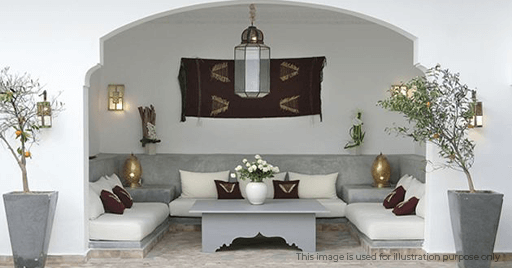
Before you buy furniture, consider the long term effects it will have on the environment. Use natural materials and consider what your furniture is made of and where it’s made from. Before you buy new furniture, think about the furniture’s durability and if it will be damaging to your health.
Instead of buying a new sofa every one or two years, consider what the lifespan of your purchase will be. Will it stay in your family for generations and be handed down?
Make sure that products are made of environmentally friendly material, like untreated cotton, natural linen, canvas, wool, feathers and timber. Also read on Biophilic house design, a trending home decor.
Conclusion
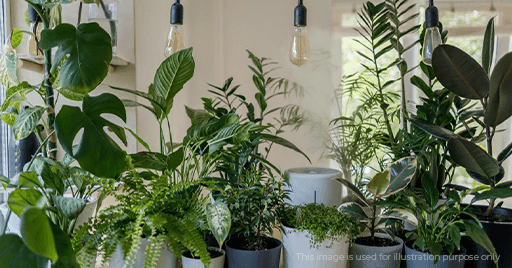
If you’re thinking about doing some eco-friendly home renovations, there are a few things to keep in mind. For starters, think about your project from start to finish and make sure that you take into account all of the little details. Also, be aware of what materials you can use without having to sacrifice functionality or style. And finally, keep an eye out for our products meant for green renovation resources online.